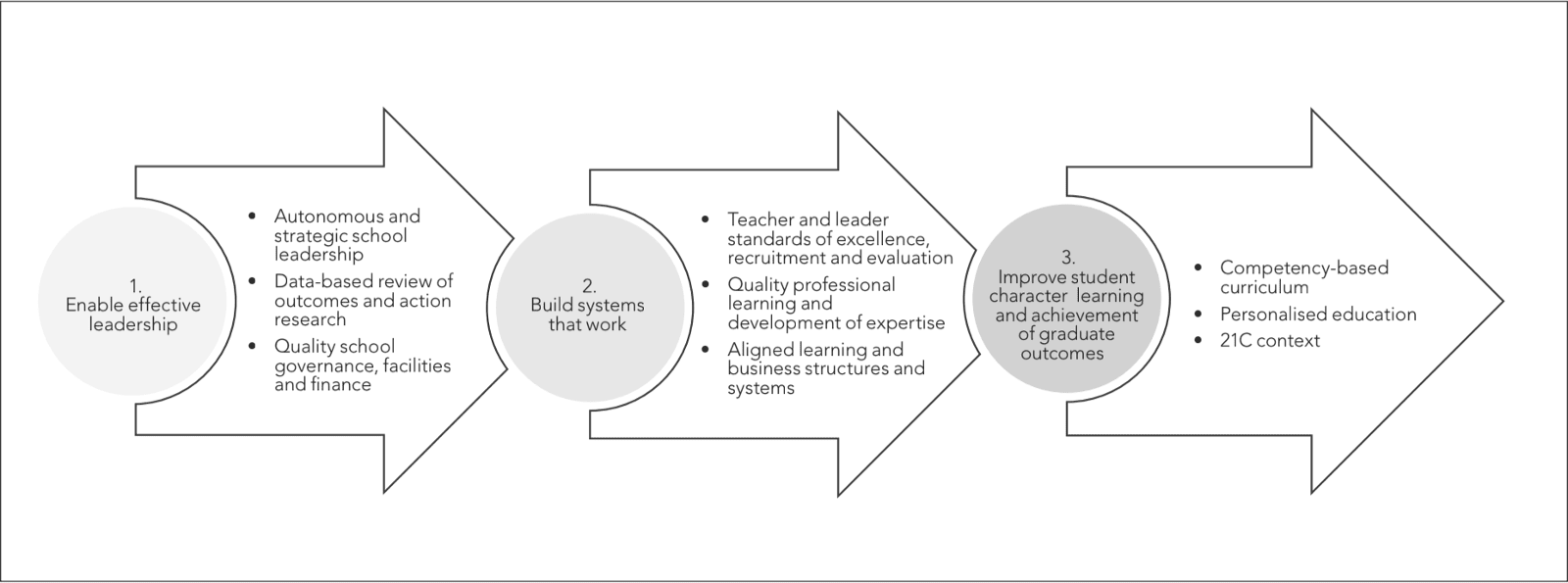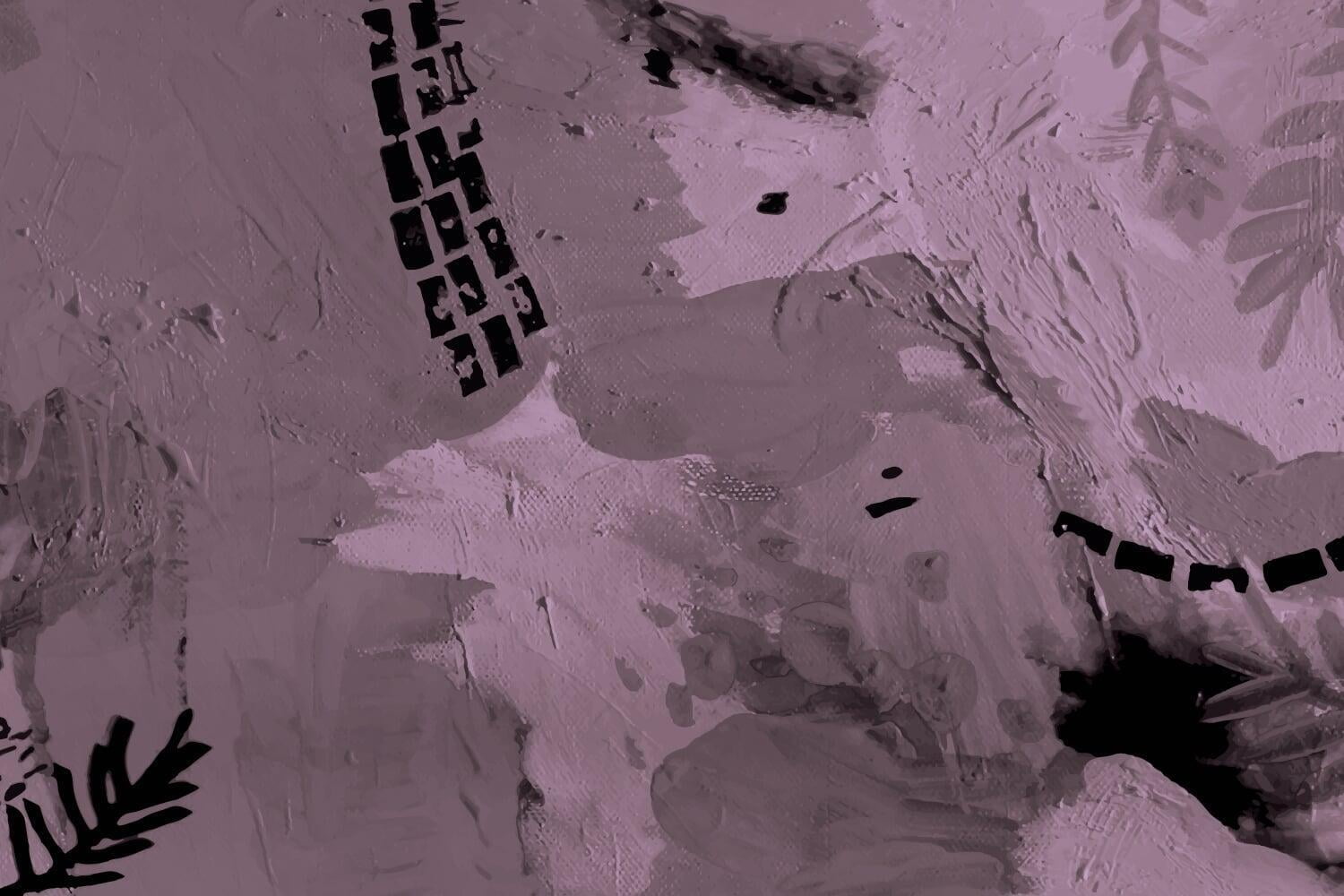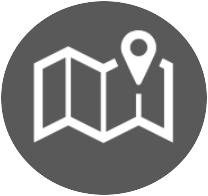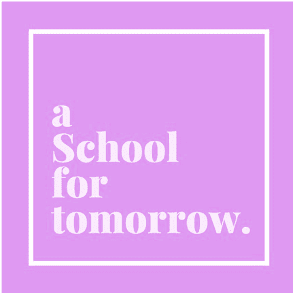The Way | Lead | Establishing The Foundation For Character Education
A Documented Framework For Education
A framework for education provides the direction and structure required to make real the intentionality of most schools to prepare their students to thrive in their world.
We believe that building an agreed and documented framework for education needs to be recognised as the important first step of a whole community of inquiry and practice that aspires to deliver an excellent 21C education. It needs to flow from agreed graduate outcomes for character and competency that the community most wants to see as the essential product of their educational program. Educational activity that operationalises this strategic intent all needs to be aligned to this purpose and its associated language. In this way, a school can begin to think even more deeply about (and pursue with greater rigour) what it is trying to achieve for its students beyond externally-mandated curricula and other activities. In this way, it might create a deliberate, targeted, and intentional program of character learning that is coherent, supported by evidence-based practice, and more likely to achieve better outcomes for more learners. So, if these are the questions that might best prepare a community to develop an education for 21C character and competency, how can you agree on and document your own school’s framework for education? What is the process for building such a framework? And what are the standards against which this framework might meaningfully be assessed? Let us turn our attention next to the nature of a strategic educational development project in which a framework for character education might be constructed. An agreed and documented framework for education helps a school to gather evidence about, align, and implement, and evaluate its shared educational vision within a community of inquiry and practice dedicated to achieving its graduate outcomes:
Preamble: The rationale for education at the school linked to the school’s understanding of its traditions and history, culture, mission and aspirations for 21C learning and society, especially with respect to the civic, performance, and moral character development of its students.
Graduate profile: A description of the desirable qualities and character competencies of a graduate linked to school values, mission and ethos.
Teaching objectives: Specific integrated knowledge, skills and character outcomes to be covered across the curriculum, co-curriculum and other educational and care structures of the school.
Learning experiences and outcomes: Specific character education learning experiences and outcomes that students will experience in learning units and programs delivered by faculties, departments and other educational and care teams in the school.
Exemplars of outstanding practice/school pedagogy: A collation of excellent practice undertaken in education at the school that is shaped into an illustrative guide to teaching and learning practice (pedagogy) at the school and a corresponding set of guiding philosophies, design principles and learning intentions.
Staff profile and outcomes: A description of the qualities and competencies of a school staff member that are necessary to deliver the values, ethos and mission of the school, especially with relation to character education.
Staff professional learning and student training and development program: A comprehensive, staged plan for identifying and improving the competencies of staff and students in character education and character leadership.
Community engagement plan: A plan to engage the community in the educational work of the school that includes a work in progress (WIP) schedule of regular community engagement activity as well as specific plans for special events and campaigns related to character education.
Now we need to ask ourselves: what might be the goals, associated outcomes, and processes of a project that seeks to develop and implement a framework for character education? We believe these to be:
School culture: The school should foster a culture that nurtures and inspires 21C character and competency through the infusion across all aspects of school life of enduring values and honourable tradition on the one hand, and research, innovation and future readiness on the other. Centres for learning and innovation can create energy and push boundaries – using centres for character learning to build culture and reputation, train staff brand champions and ambassadors, and develop hotspots of practitioner expertise through pilot programs and master-classes in character pedagogy, pastoral practice, as well as building partnerships that promote initiative, entrepreneurial thinking and innovation.
Leadership: The school should embed a leadership culture that encourages the aspirations, voices, and lived experiences of the students of the school and prepares them to thrive in their world with 21C character and competency. The school should encourage processes in which students test and validate the framework through their leadership and learning – using existing and new student leadership groups to create a coordinated student voice program to promote authentic student experiences of character learning, especially through leadership, service, publishing, and advocacy.
Learning: The school should cultivate the development of a deliberate, targeted and intentional learning culture to embed this understanding of 21C character and competencies across the curriculum co-curriculum, and extra-curriculum. Middle leaders comprising departmental and activity leaders as well as other expert practitioners embed the framework in the work of their existing staff teams and support the work of the character education team by developing and implementing aligned approaches to character education that are germane to their fields of learning.
Performance: The school should prioritise student, teacher, and leadership practice that most warrants support in effecting high performance delivery of 21C character and competencies. Using an internal evaluation team to collaborate with staff to design and implement positive, effective and efficient staff evaluation, program review and performance development systems will enable a school to identify, reward, and resource what is really working well to further its character education goals in the daily practice of the school.
School strategy: The school needs to develop a shared understanding of the strategic imperative for student care and learning that is situated in the context of the best thinking about 21C character and competencies. Community engagement led by the Principal helps the community understand the framework and talk it up appropriately. It will engage the support of the school’s respected stewards in creating and authorising ongoing programs of community engagement to build a marketplace of ideas, conversation, and support for the shared aspirations and language of the school’s framework for character education.
Systems and processes: The school should promote the collaborative design and delivery of those educational practices, pathways, programs and pedagogies that most support development and mastery in 21C character and competencies. Senior leaders in the school will typically embed the framework at a whole school level and will support the work of the Character Education Team by facilitating and resourcing whole-school processes such as curriculum design and implementation, student assessment and reporting, staff professional learning and release time, ongoing internal communications, and (perhaps most importantly) a timetable that allows staff to meet regularly to collaborate on their work in character education.
One way of looking at the process as a whole might be to define its concrete phases and map them to a timeline. This timeline could include practices such as: conduct an audit and report out on findings and recommendations; form a character education team and develop graduate profile; develop a draft framework for education; conduct pilot programs and projects; refine the draft framework for excellence in education for character; and implement in stages and progressively evaluate.
In considering the specific strategies that a school might adopt to develop its educational framework, our research and experience with client schools over the past three decades suggests a scope and sequence for implementation with respect to this type of work at a school. This is articulated below:

A Scope and Sequence for Strategic Educational Development
Schools need to ensure that they have effective leadership in place before they move too far in trying to effect educational development work. In many ways, this is the critical step, because without good leadership in place it becomes very difficult to affect the systematic and rigorous process of educational reform necessary to ensure quality and consistency of the delivery of outcomes for all students. Wise leaders begin by consulting with the community and conducting an evidence-based cultural audit. They will align their leadership and governance teams, agree on strategies and gain community consensus on the rationale and nature of change required in this area. They will then design school structures to optimise the success of character education strategies, including the creation of a specific character education team to oversee operational planning and support in this area during the development of a framework for character education. The role of the Head or Principal in designating the rationale for and non-negotiability of the work is essential, as is the allocation of the resources required to support the work and the identification of the high-water mark for implementation – “We will embed this fully by ...”
The second stage involves building systems that work. The character education team, working in conjunction with faculty, school leaders, and school governors will work together over a period of at least three to five years to establish and embed the framework for character education. The character education team will also help to construct effective systems for staffing, professional learning, and business systems that all work together to support the aims of the school’s commitment to character education and the process of the roll-out. This process itself will require some thought to be applied to structure and sequence; the character education team has options as to how best to move from initial pilots to full implementation of character education goals across all aspects of the curriculum, co-curriculum, and extra-curriculum. Will there be a progressive rollout designed to build from existing strengths in practice? Will progress occur across the whole school simultaneously or through selected departments or divisions first? Will this commence in all years at once or what might be perceived as ‘less high stakes’ year groups first? Will it begin with the curriculum first then the co-curriculum? Will it use a process of expanding the initial pilot studies to a further and increased series of studies that can create or augment hotspots of exemplary evidence-based character education? All of these approaches have been seen to work in different schools across the world.
With all of the initial preparation and groundwork done, faculty can concentrate in the third stage on improving student character learning and the achievement of graduate outcomes. They will work together to review and align pedagogy, curriculum, co-curriculum and extra-curriculum with the framework for character education. They will implement related student training and development systems. They will build and employ progressive evaluation and review systems for student character learning and character development outcomes. During this stage, it is essential to consider the role of brand champions within the community to gather the evidence that what is being proposed can be done, will work and will bring tangible improvements to student outcomes. They can help students feel reassured that what is happening is in keeping with the traditions and institutions of the school they love. They can also help teachers feel more fulfilled in their work, and help parents see how this new approach to character learning is valid and good for their children. While change is occurring, there is a need also to consider the ongoing work of role of those respected stewards of the community in finding ways to balance build the school of tomorrow while managing the school of today and shaping the legacy of yesterday towards the strategic intent.






